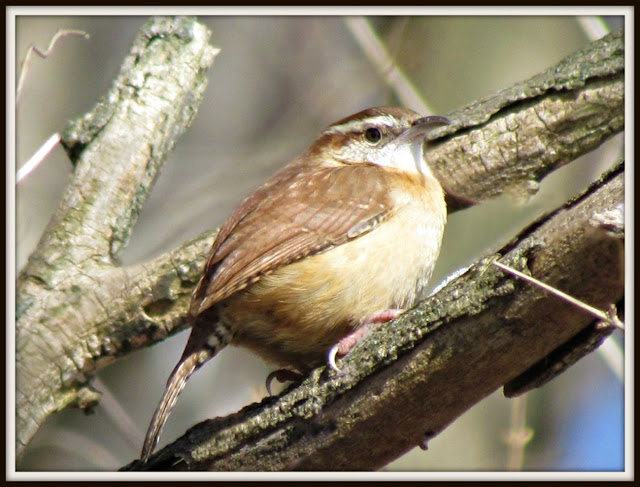 |
| January 1, 2012 in Nayarit, Mexico |
It is 4,090 km from our home to my parents' home in Nayarit, Mexico. I estimated that I travelled close to 10,000 km this month while counting birds. I birded in subtropical, desert, ocean, Great Lakes, and snowy climates. I regret not taking my binoculars to Mexico as I missed many bird IDs by using just my camera zoom to view them. But when your suitcase weighs 49.9 pounds, something has to stay home.
 |
| Birding in the snow on January 29, 2012 |
This winter is unusually warm and in our area of Ontario, Canada, 18 days in January were above freezing. I really noticed a difference in local bird populations this year. Our bird feeders are very quiet and I have not refilled them this month. I looked hard but did not find more common winter birds such as Red-breasted Nuthatches, Cedar Waxwings, Rough-legged Hawks, Brown Creepers, to name a few.
 | ||
| Birding on January 31, 2012 on a beautiful sunny afternoon (7 degrees C!) |
My monthly total is 93 birds, 54 seen in Canada (compared with 52 in 2011), 43 seen in Mexico, with 4 birds seen in both countries. We travelled to the Pacific coast on December 31, 2011 and it is tempting to add the 15 birds I saw that day, but that list has been kept separate. (There is a tab at the top of this page with all the lists). I added 20 life birds between December 31st and January 31st and I still plan to share more photos and stories about Mexico and Canada.
In the end, it not the numbers that matter, but the enjoyment of getting out and observing nature. After a stressful day at work, there is nothing more relaxing than going to a nearby park to be serenaded by Black-capped Chickadees looking for handouts. These gregarious little birds are my favourite winter species just for the trust they show by landing on my outstretched hand. They always bring a smile to my face.
The January count is just a kick start to a year of bird observation. It is interesting to note seasonal changes as well as variations in annual patterns. Since I started doing January counts in 2009, I have recorded 80 species in Canada in the month even though each year I have seen only 52 to 61 species.
Rachel Carson































